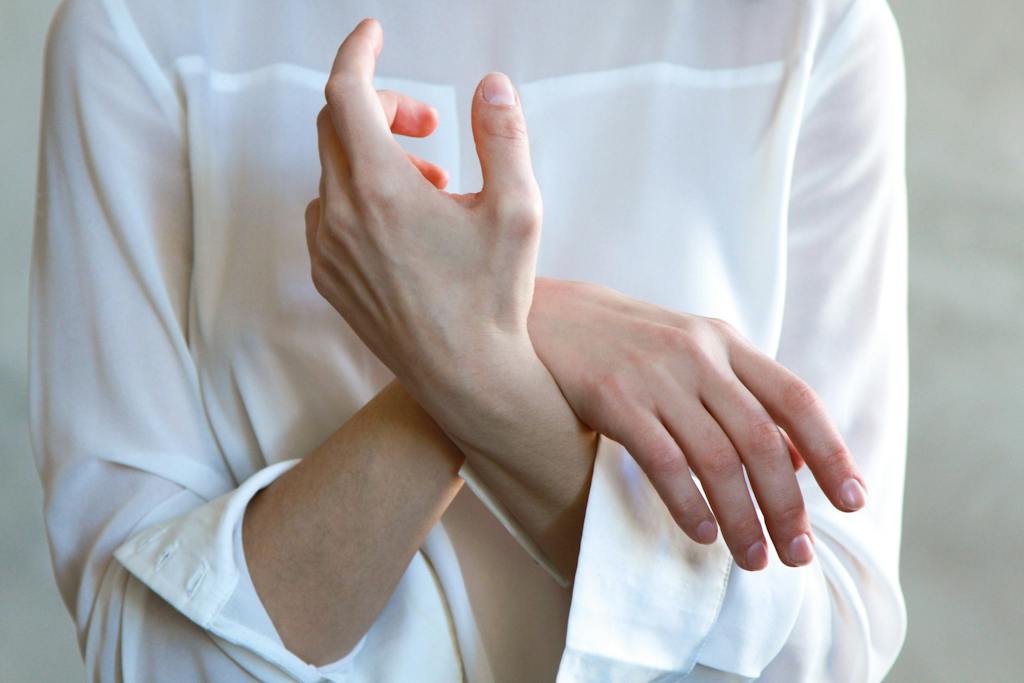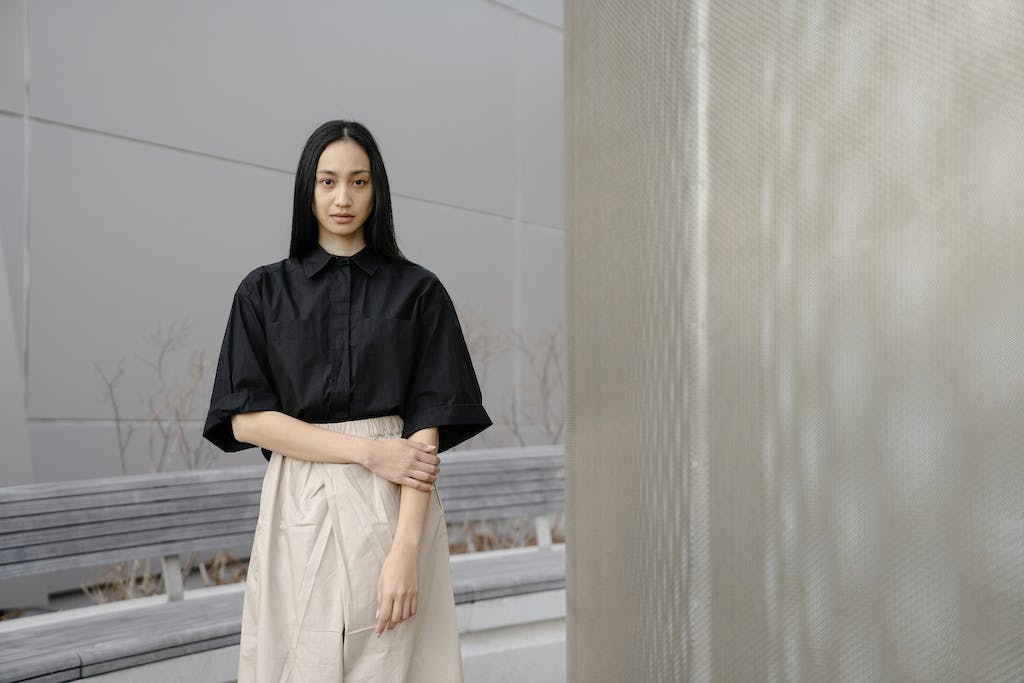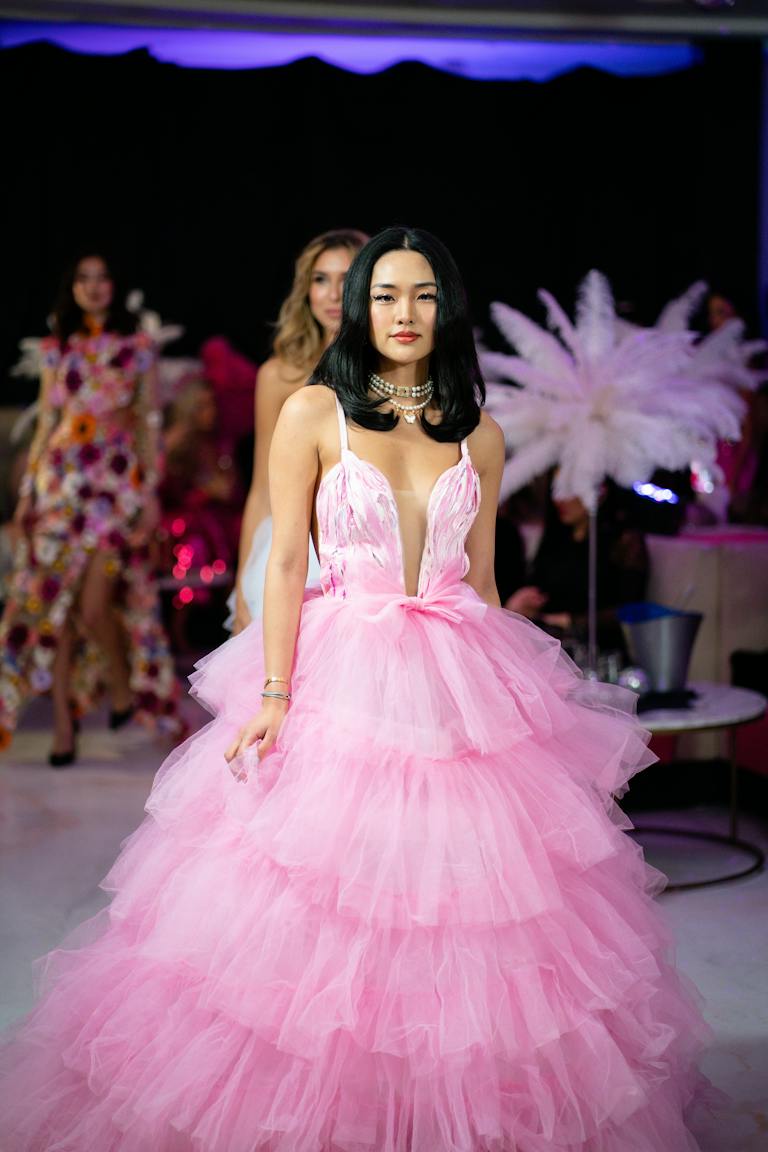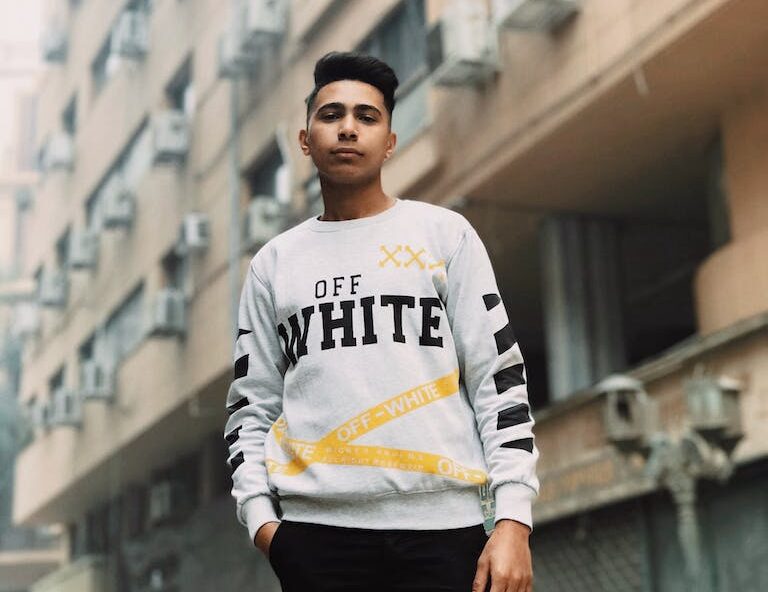His Legacy: Was Cristóbal Balenciaga A Minimalist?
Cristóbal Balenciaga had a unique style who has been a source of inspiration for modern designers today. His minimalistic palette and a name that resonates with timeless elegance in the fashion industry. Today, we delve into an intriguing question: Was Cristóbal Balenciaga a minimalist? To uncover this, we’ll journey through the essence of minimalism in fashion and juxtapose it with Balenciaga’s legendary work.
Cristóbal Balenciaga wasn’t just a designer; he was an innovator whose influence has weaved through decades of fashion trends. On the other hand, minimalism, with its “less is more” philosophy, has been a defining style in various art forms, including fashion. Our quest is to discern if Balenciaga’s designs align with this aesthetic ethos.
Principles of Minimalism in Fashion

Definition and Origin
Before diving into Balenciaga’s relationship with minimalism, it’s crucial to understand what minimalism in fashion truly means. Minimalism, in its core, is about stripping away the unnecessary, focusing on simplicity and letting the design speak for itself. It’s a concept that evolved over time, influenced by various art and cultural movements.
Key Characteristics of Minimalist Fashion
Minimalism isn’t just about being plain or bare; it’s a deliberate and thoughtful reduction to essentials, creating a sense of clarity and simplicity. Here are key characteristics of minimalist fashion:
- Simplified silhouettes that focus on the shape rather than decorations.
- A restrained color palette that often leans towards monochromatic tones.
- A focus on form and function where practicality is as important as aesthetics.
- Subtle detailing, where every element serves a purpose.
- Negative space to emphasize the space around and between garments for a clean look.
- Intentionality selecting piece of clothing with a specific purpose in mind.
- Wardrobe pieces should be essential and versatile that can work together.
- Visual Hierarchy in Outfits: Create outfits where key pieces stand out as focal points.
- Minimize clothing that overshadow the wearer’s presence.
We can start to form a picture of what minimalism looks like in the world of fashion.
Balenciaga’s Design Philosophy and Techniques
Signature Styles and Techniques
Cristóbal Balenciaga often pushed the boundaries of fashion in his day, he is well known for the tunic, the sack dress, the balloon jacket, these iconic designs hint at minimalism, and yet they seemed over the top for their time, so were they truly minimalistic?
He had exceptional skills, often manipulating the fabric directly on the mannequin to create new, sculptural forms. This technique, known as “moulage,” allowed him to experiment with shapes and volumes, leading to iconic silhouettes like the balloon jacket and the tunic dress.
Balenciaga was also a pioneer in the use of new materials, such as heavy fabrics and stiff laces, which he skillfully transformed into elegant, flowing garments. His inspirations were as varied as his techniques, and Balenciaga’s Spanish heritage profoundly influenced his work, evident in the bold, dramatic lines and the flamenco-inspired ruffles in some of his designs. Still, his designs were much simpler than flamenco dresses, often using a monotone palette and the ruffles themselves had less curves and more structure to them.
Religious art and the attire of Spanish priests and nuns were also a significant influence, seen in the austere lines and strict tailoring of his garments. Additionally, Balenciaga had a deep appreciation for historical fashion, often revisiting and reinterpreting styles from the past, such as the voluminous skirts of the 19th century, in a contemporary context.
He also drew inspiration from the modern art movements of his time, integrating abstract concepts into his fashion designs, which added to the uniqueness and timelessness of his creations. Balenciaga’s work was not just about crafting clothes; it was about weaving a rich tapestry of history, culture, and art into the fabric of fashion.
Comparing Balenciaga’s Work with Minimalist Principles

Elements of Minimalism in Balenciaga’s Designs
Closely examining Balenciaga’s work, there are elements that resonate with minimalistic principles. His designs characterized by new silhouettes, a limited color palette, and a focus on form and function. Here’s specific instances where Balenciaga’s work aligns with these minimalist characteristics.
- The Tunic Dress (1955): This design showcased minimalist qualities with its clean lines and lack of embellishment. The focus was on the simplistic silhouette and the purity of form, characteristic of minimalist fashion.
- The Balloon Jacket (1953): While innovative in shape, the balloon jacket adhered to minimalist principles through its monochromatic color and emphasis on structure over decoration. The design was both functional and elegantly simple.
- The Semi-Fitted Suit (1951-1952): This design highlighted minimalism through its restrained tailoring and subtle detailing. The suit had a simple, streamlined look that focused on fit and form, moving away from excessive ornamentation.
- The Baby Doll Dress (1958): The baby doll dress, with its simplistic yet voluminous silhouette, showcased minimalism in its pure form and lack of complexity in design, focusing on a single, bold shape.
- The Pillbox Hat: Often accompanying his designs, Balenciaga’s pillbox hats were the epitome of minimalism—simple, elegant, with no superfluous decoration.
Divergences from Minimalism
However, it’s also essential to acknowledge aspects of Balenciaga’s work that diverge from minimalist principles. He had a penchant for dramatic volumes, innovative shapes, and intricate details, which some consider to be not minimalistic. Here’s a few examples:
- The Infanta Gown (1939): Inspired by Spanish Renaissance paintings, this gown with its elaborate embroidery and dramatic silhouette demonstrated a departure from minimalism, embracing historical extravagance.
- The Flower Vase Dress (1960s): This dress, noted for its wide, flared skirt resembling a flower vase, showcased Balenciaga’s experimental side. Its complex construction and unique shape diverged from the minimalist ethos of simplicity.
- The Envelope Dress (1967): A complex design featuring intricate folding and a unique silhouette. The envelope dress’s avant-garde shape and construction were a deviation from minimalist principles.
- The Lace Bubble Dress (1958): This dress combined intricate lace with a voluminous bubble hem, highlighting Balenciaga’s flair for combining texture and exaggerated forms, contrasting with minimalist ideals.
- Peacock Tail Gown (1958): The gown, known for its expansive, flamboyant train resembling a peacock’s tail, exemplified a departure from minimalism through its luxurious fabric and dramatic presentation.
Balenciaga’s ability to oscillate between minimalist and extravagant designs is a testament to his versatility and mastery as a designer. His work not only contributed significantly to fashion history but also demonstrated a unique interplay between different design philosophies.
Influence on minimalist fashion today
Balenciaga’s Impact on Contemporary Fashion
Cristóbal Balenciaga’s influence on fashion extends far beyond his time. His design principles have influenced contemporary fashion designers, with many being compared to him, and some outright saying that his designs inspired them:
- Demna Gvasalia for Balenciaga: As the creative director of Balenciaga, Demna Gvasalia has directly channeled Cristóbal Balenciaga’s minimalist ethos, particularly through the use of exaggerated silhouettes and a focus on innovative shapes. Gvasalia’s collections often feature oversized coats and jackets that echo Balenciaga’s emphasis on voluminous, sculptural forms, while maintaining a modern, minimalist aesthetic.
- Jil Sander: Known for her minimalist approach, Jil Sander’s designs often reflect Balenciaga’s influence through their clean lines, precise tailoring, and understated elegance. Her use of neutral color palettes and emphasis on the purity of form can be seen as a nod to Balenciaga’s minimalist principles.
- Phoebe Philo (formerly at Céline): Philo’s work at Céline was often compared to Balenciaga’s minimalist style. Her collections featured simple, yet powerful silhouettes, a muted color palette, and a focus on functionality and form – all hallmarks of Balenciaga’s approach.
- Raf Simons: Raf Simons’ work, particularly during his time at Calvin Klein, showed traces of Balenciaga’s minimalist aesthetic. Simons’ use of clean lines, monochromatic color schemes, and structured tailoring mirrors the principles Balenciaga championed.
- Nicolas Ghesquière (formerly at Balenciaga): During his tenure at Balenciaga, Nicolas Ghesquière paid homage to the house’s founder by infusing his collections with a modern interpretation of Balenciaga’s minimalist style. His designs often featured architectural lines and shapes, with a focus on innovative construction and a pared-back color palette.
Reflections on Minimalism in Modern Balenciaga Collections
The Balenciaga brand has continued to evolve since Cristóbal Balenciaga’s era. Appointed in 2015 as Balenciaga’s Creative Director, Demna Gvasalia has taken the helm and examine how current Balenciaga collections reflect or diverge from the minimalist tendencies of the brand’s founder. This reflection will provide insights into the lasting impact of Balenciaga’s design philosophy on the fashion house’s current direction.
- Fall 2016 Ready-to-Wear: Gvasalia’s debut collection for Balenciaga featured a reinterpretation of the classic puffer jacket. He transformed this everyday item into a high-fashion piece with exaggerated proportions and a restrained color palette, a nod to minimalism through the focus on a single, bold item without unnecessary embellishments.
- Spring 2017 Ready-to-Wear: This collection saw the introduction of oversized shirts and boxy suits, presenting a minimalist approach through clean lines and monochromatic colors. The emphasis was on the silhouette and the purity of form, reminiscent of Balenciaga’s minimalist ethos.
- Fall 2018 Ready-to-Wear: Gvasalia showcased a series of coats and dresses with clean, flowing lines and a limited color palette. The focus on structured yet simple silhouettes reflected a minimalist aesthetic, with each piece standing out for its form and functionality.
- Spring 2020 Ready-to-Wear: This collection was a masterclass in minimalism, featuring stark, monochromatic suits and dresses. The designs were stripped back to the essentials, focusing on sharp tailoring and an understated color scheme, resonating with Balenciaga’s minimalist heritage.
- Fall 2020 Ready-to-Wear: Gvasalia continued his minimalist exploration with a collection that featured simplistic yet impactful designs. Oversized blazers, floor-length black dresses, and tailored coats in muted tones highlighted a minimalist palette, focusing on the elegance of simplicity and structure.





